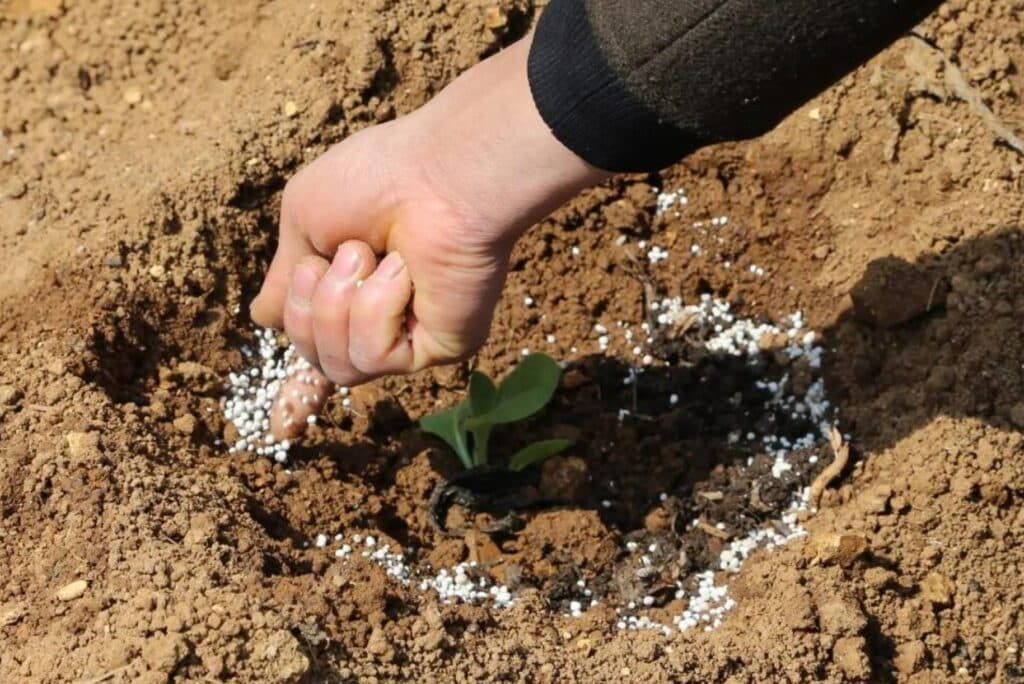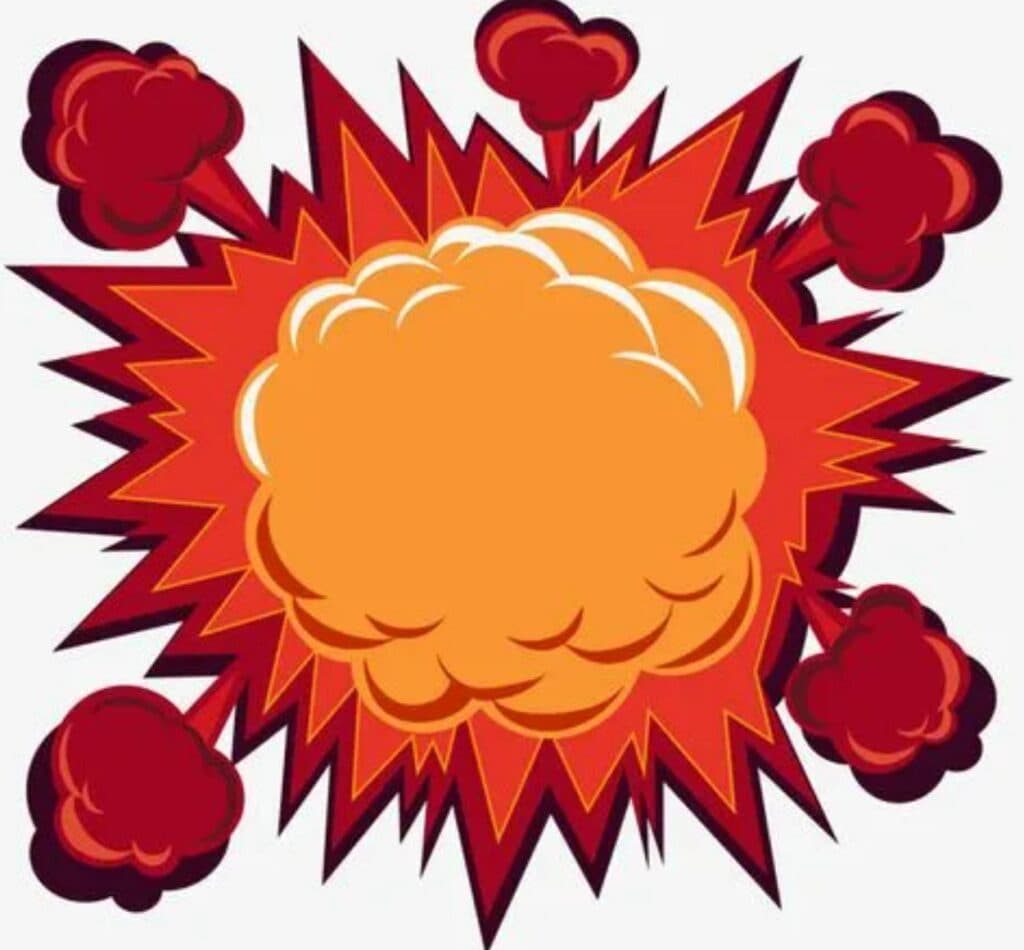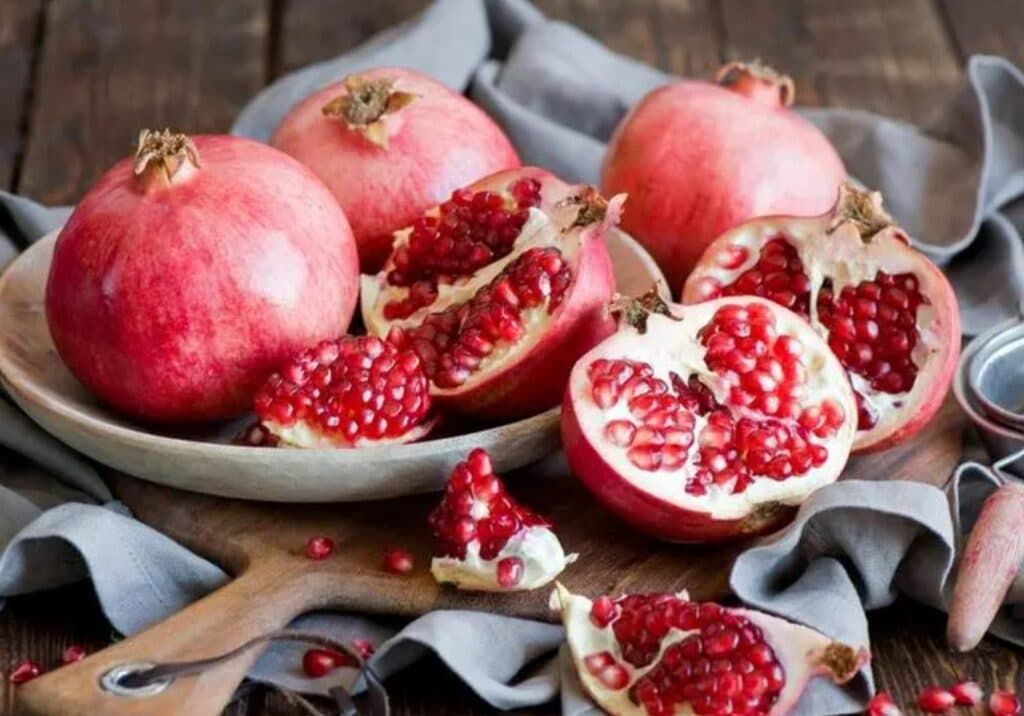What is calcium ammonium nitrate fertilizer and its application?

What is calcium ammonium nitrate?
Calcium ammonium nitrate is a compound fertilizer with the chemical formula 5Ca(NO3)2·NH4NO3·10H2O. It is white round granules, easily soluble in water, and has strong hygroscopicity, caking and flammable and explosive properties. It is a new type of high-efficiency compound fertilizer containing nitrogen and quick-acting calcium. It has fast fertilizer effect and the characteristics of rapid nitrogen supplementation. Calcium is added. The nutrients are more comprehensive than ammonium nitrate and can be directly absorbed by plants.
Why use calcium ammonium nitrate fertilizer?

It is a neutral fertilizer with low physiological acidity and can improve acidic soil. After being applied to the soil, the pH is low, which will not cause soil compaction and can make the soil loose. At the same time, it can reduce the concentration of active aluminum, reduce the fixation of active phosphorus, and provide water-soluble calcium, which can improve the resistance of plants to diseases. Can promote the activity of beneficial microorganisms in the soil. When planting cash crops, flowers, fruits, vegetables and other crops, this fertilizer can extend the flowering period, promote the normal growth of roots, stems, and leaves, ensure bright fruit colors, and increase fruit hardness.
The most concerning topic: Will calcium ammonium nitrate explode?

Calcium ammonium nitrate may explode under certain conditions. The chemical formula of calcium ammonium nitrate is 5Ca(NO3)2·NH4NO3·10H2O. It is a white round granule that is easily soluble in water and has strong hygroscopicity. Caking and flammable and explosive. It is classified as a strong oxidizer and may burn or explode if exposed to high temperatures or fire. Therefore, special care needs to be taken when storing and transporting calcium ammonium nitrate to avoid smoking and contact with fire sources.
How many days does calcium ammonium nitrate fertilizer last?
The fertilizer effectiveness period of calcium ammonium nitrate is usually 2-3 days, but this length of time will be affected by factors such as soil type and weather conditions. For example, the amount of rainfall or irrigation water and the sandiness of the soil will affect the length of the fertilizer effectiveness period. In addition, calcium ammonium nitrate can also be used as a base fertilizer or top dressing in spring and autumn, and can be applied by flushing, spraying, broadcasting, drip irrigation and other methods. Correct storage method can extend its validity period. Normally, the validity period of calcium ammonium nitrate fertilizer is 1-2 years.
Will calcium ammonium nitrate burn roots and seedlings?
Applying too much calcium ammonium nitrate will burn the roots and seedlings. Although it is a low-concentration fertilizer, because it is acidic as a whole, if it is applied in excess, the plants cannot absorb it and will cause damage to it. Usually, if you apply too much fertilizer, you need to rinse the pot soil with clean water immediately to wash away the excess fertilizer. If the situation is serious, the potting soil can be replaced in time and replanted with new soil. If the roots are burned, remove the pot and trim it before preparing to replant.
What plants is calcium ammonium nitrate suitable for?

Food crops:
Such as rice, wheat, corn, etc. Such as cotton, tobacco, tea, etc.
Vegetable:
Such as celery, tomatoes, peppers, cucumbers, eggplants, potatoes, ginger, garlic, mushrooms, etc.
Fruit trees:
Such as apples, oranges, grapes, bananas, pineapples, etc.
Flowers:
It is widely used to promote the growth and bright colors of flowers.
Calcium ammonium nitrate is also suitable for use on a variety of soils and crops, especially in greenhouse and field growing environments. Its use can extend the flowering period, promote the normal growth of roots, stems, and leaves, ensure bright fruit colors, and increase fruit sugar content.
Which is better, calcium ammonium nitrate or urea? How to choose for your plant?
Calcium ammonium nitrate and urea are both common nitrogen fertilizers, but they have many differences. These differences are mainly reflected in the following four aspects:
In terms of nitrogen content and duration of fertilizer effectiveness.
The nitrogen content of urea is 46%, which is much higher than the 15-27% of calcium ammonium nitrate. However, the fertilizer effect of urea needs to be transformed over a period of time, while the fertilizer effect of calcium ammonium nitrate is relatively fast, but also relatively short-lived.
In terms of nitrogen forms and absorption patterns.
The nitrogen in urea is organic nitrogen and needs to be decomposed into inorganic nitrogen by microorganisms in the soil before it can be used by plants. Half of the nitrogen in calcium ammonium nitrate is nitrate nitrogen and half is ammonium nitrogen. They are all inorganic nitrogen and can be directly utilized by plants.
In terms of acidity and alkalinity and effects on soil.
Urea is a physiologically acidic fertilizer that will make the soil acidic and improve alkaline soil. Calcium ammonium nitrate is a physiologically neutral fertilizer that will not make the soil acidic and can improve acidic soil.
In terms of physical properties and safety.
Urea is easily soluble in water, has strong hygroscopicity and is easy to agglomerate, but it is not easy to ignite or explode. Calcium ammonium nitrate is easy to deliquesce, but not easy to agglomerate, and has good dispersion, but it is highly flammable and explosive.
Therefore, when selecting and using calcium ammonium nitrate and urea, factors such as nitrogen content, fertilizer efficiency speed, acidity and alkalinity, and safety should be comprehensively considered based on actual conditions to achieve the purpose of improving agricultural production efficiency and protecting the environment.
How much calcium ammonium nitrate you should use for top dressing?
The amount of calcium ammonium nitrate top dressing varies according to different crops and growth stages. Here are some specific dosage guidelines:
Fruit trees and small fruits (such as bananas, lychees, grapefruits, etc.):
- Basal fertilizer in early spring or autumn: 25-40 kg/acre
- Topdressing or spraying before flowering: 10-15 kg/acre, 1-2 times
- Topdressing or spraying before flower bud differentiation: 10-15 kg/mu, 1-2 times
- Topdressing or spraying during fruit growth stage: 20-30 kg/mu, 2-3 times
Vegetables (such as tomatoes, cucumbers, etc.):
Period fertilizer or base fertilizer: 25-50 kg/acre
Flushing, topdressing or spraying: 10-25 kg/acre, 3-5 times
Field crops (such as corn, wheat, etc.):
Base fertilizer or base fertilizer: 25-40 kg/acre
Flushing, topdressing or spraying: 15-25 kg/acre, 2-4 times
Calcium ammonium nitrate fertilization tips and precautions:
- Adjust fertilizer dosage and frequency according to the needs and growth conditions of different crops. For fast-growing crops, the frequency of fertilization can be increased, while for slow-growing crops, the amount of fertilization can be reduced.
- During the fertilization process, be careful not to apply too high a fertilizer concentration to avoid root burns. Calcium ammonium nitrate should be fully dissolved before application, or diluted liquid fertilizer should be used.
- When spraying calcium ammonium nitrate on the leaves, attention should be paid to choosing the appropriate weather and time for spraying, and avoiding spraying under high temperature, strong light and high wind speed to avoid leaf burns or fertilizer loss.

